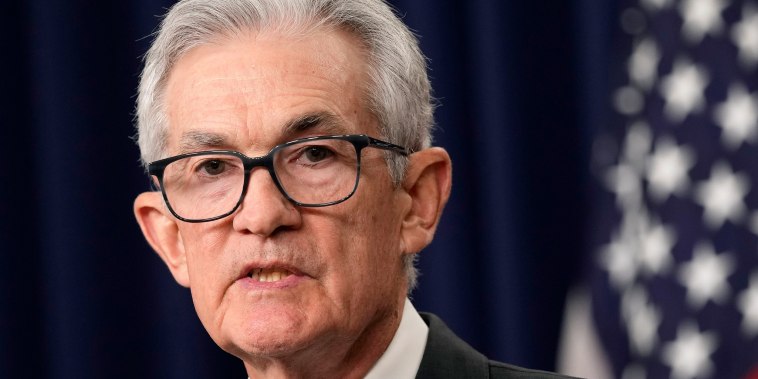The Federal Reserve’s decision to keep interest rates higher for an extended period has generated mixed reactions and sparked debates among analysts and market participants. While the move may appear counterintuitive and potentially detrimental to economic growth in the short term, there are several reasons why this cautious approach could prove to be beneficial in the long run.
Firstly, maintaining higher interest rates can act as a safeguard against inflationary pressures. Inflation is a persistent concern for central banks as it erodes purchasing power and can destabilize the economy. By keeping rates higher, the Fed aims to moderate borrowing and spending, which can help prevent the economy from overheating and keep inflation in check.
Simultaneously, higher interest rates can encourage savings and deter excessive risk-taking in financial markets. When rates are low, investors are more inclined to pursue high-yield but high-risk investments, leading to asset bubbles and financial instability. By increasing the cost of borrowing, the Fed can incentivize individuals and institutions to save more prudently and allocate capital more efficiently, promoting long-term economic stability.
Moreover, a gradual and deliberate approach to normalizing interest rates can signal the central bank’s commitment to maintaining price stability and financial integrity. In times of uncertainty and market volatility, clear and consistent monetary policy guidance can enhance confidence and reduce uncertainty among investors and businesses, supporting a more stable and resilient economic environment.
Another factor to consider is the impact of higher interest rates on currency valuation. In a globalized economy, exchange rates play a crucial role in trade and investment flows. By keeping rates relatively higher than those of other major economies, the Fed can prevent excessive depreciation of the US dollar, which could benefit American exporters and support external demand for US goods and services.
Furthermore, higher interest rates can contribute to the stability of the banking sector by improving the profitability of financial institutions and incentivizing responsible lending practices. A healthy and robust banking system is essential for supporting economic growth and ensuring the efficient allocation of credit to productive sectors, which is vital for sustainable development in the long term.
Overall, while the Fed’s decision to maintain higher interest rates for an extended period may pose short-term challenges for some sectors of the economy, the cautious approach is aligned with the central bank’s mandate to promote maximum sustainable employment and price stability. By prioritizing long-term economic stability over immediate gratification, the Fed’s policy stance may prove to be a prudent and strategic move that benefits the economy as a whole in the years to come.
